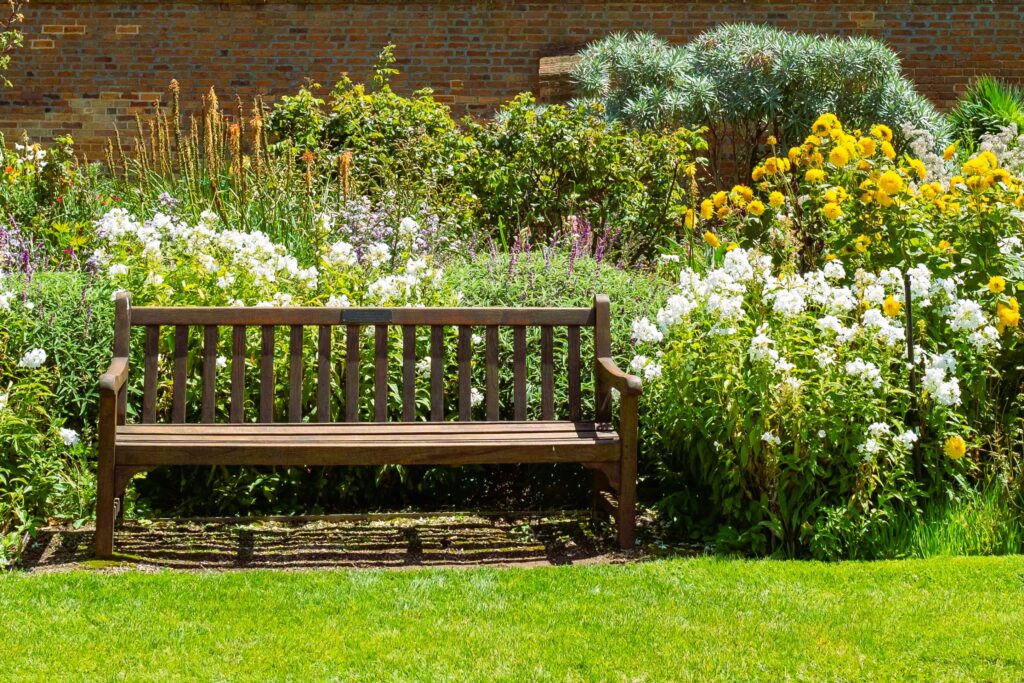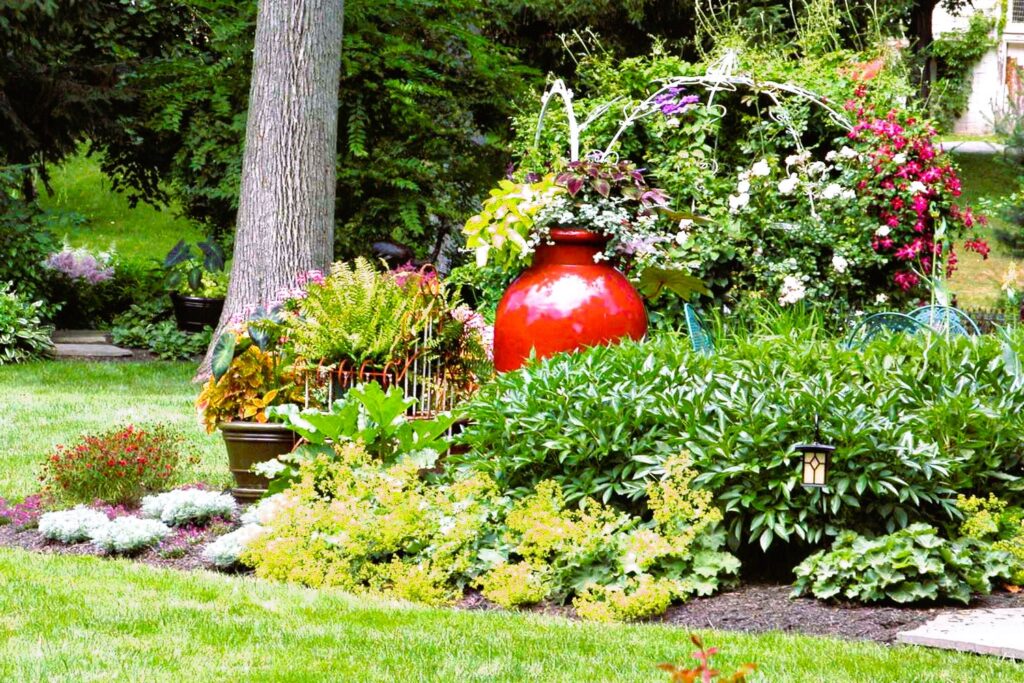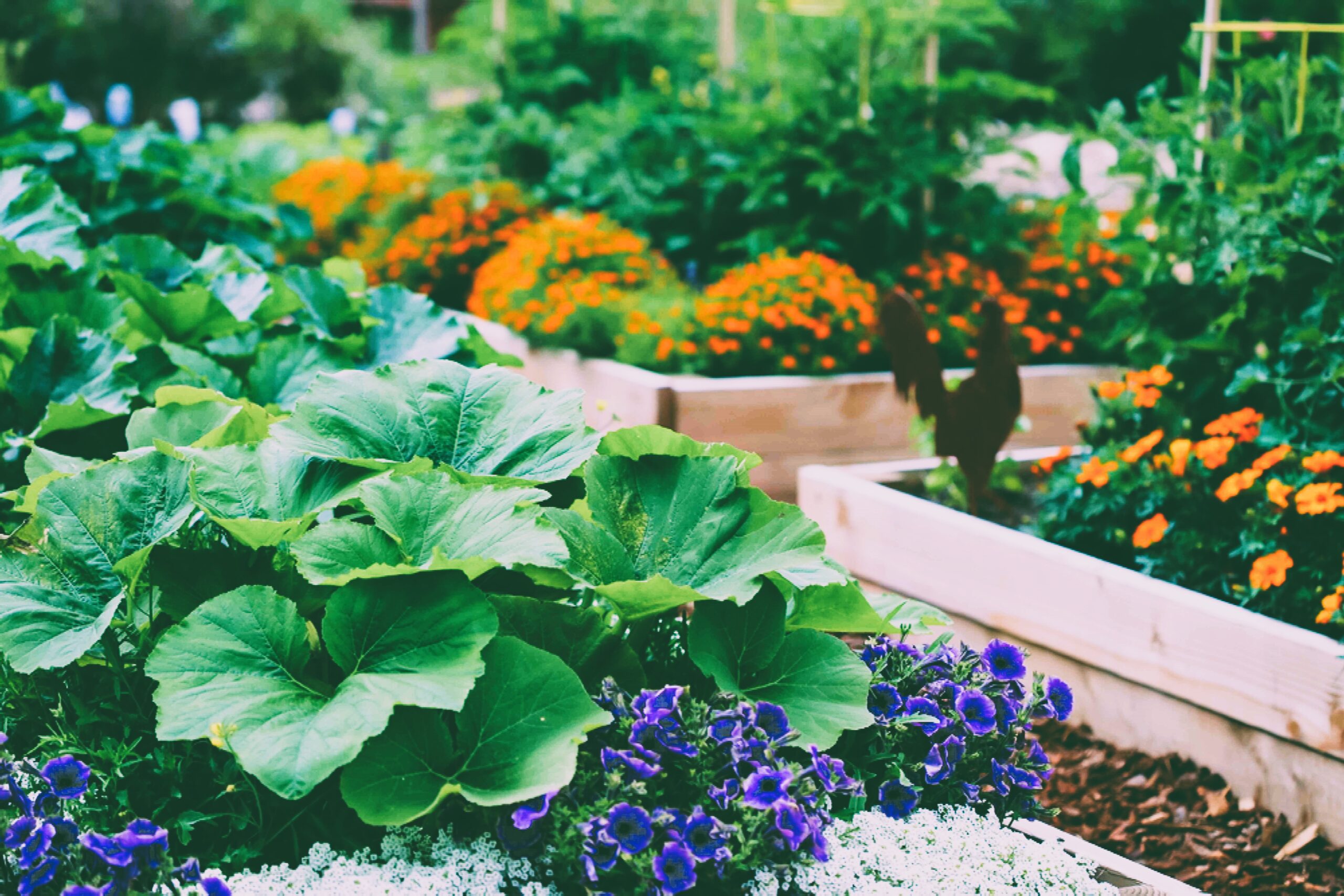Having a small-sized garden doesn’t mean you have to compromise on beauty and variety. With careful planning and strategic plant selection, you can create a stunning and thriving garden in even the most limited spaces. In this article, we will provide you with useful tips for choosing plants that are well-suited to small gardens, ensuring that every inch of your outdoor space is maximized for beauty and functionality.
1. Assess Your Garden’s Conditions
Before selecting plants for your small garden, it’s crucial to assess the conditions that will influence their growth. Consider factors such as sunlight exposure, soil type, drainage, and microclimates. Understanding these conditions will help you choose plants that are compatible with your garden’s environment, increasing their chances of thriving.
2. Determine Your Garden’s Purpose

Define the purpose of your small garden to guide your plant selection. Do you want a tranquil space for relaxation? Or perhaps a vibrant and colorful display? Understanding your garden’s purpose will help you choose plants that align with your vision and create the desired atmosphere.
3. Opt for Compact and Dwarf Varieties
In a small garden, space is a precious commodity. Choose compact and dwarf varieties of plants that won’t overpower the limited area. Look for plant labels or do research to identify species specifically bred or selected for their smaller size. These plants will provide all the beauty and functionality you desire without overwhelming your garden. Eco-friendly fertilizers for the garden, read more in the Green Solutions article.
4. Consider Vertical Gardening
Make the most of vertical space by incorporating climbing plants, trellises, and hanging baskets. Vertical gardening allows you to add more plants without encroaching on the ground area. Consider climbers like clematis or ivy, or opt for hanging baskets filled with cascading flowers or trailing vines.
5. Embrace Multi-functional Plants
Choose plants that offer multiple benefits to maximize your small garden’s potential. For example, select flowering plants that also attract pollinators or herbs that provide both culinary and ornamental value. Multi-functional plants not only save space but also add diversity and interest to your garden.
6. Plan for Year-Round Interest
Ensure your small garden remains visually appealing throughout the year by selecting plants that offer year-round interest. Choose a mix of evergreen shrubs, perennials with long blooming periods, and plants with interesting foliage or bark. This way, even during the colder months, your garden will have visual appeal and provide a welcoming atmosphere.
7. Incorporate Container Gardening

Containers are excellent additions to small gardens as they offer flexibility and portability. Utilize pots, raised beds, and window boxes to grow plants that can be easily moved or rearranged as needed. Container gardening allows you to experiment with different plant combinations and styles, adding depth and dimension to your garden.
For more information on choosing plants for small gardens, you can visit the Invasive Species Council of British Columbia (https://bcinvasives.ca/). These resources provide valuable insights into plant selection, gardening techniques, and landscaping standards.
Remember, a small-sized garden can still offer beauty, functionality, and a sense of tranquility. By carefully selecting plants that suit your garden’s conditions and purpose, incorporating vertical and container gardening, and embracing multi-functional and year-round interest plants, you can create a captivating oasis in even the most compact outdoor spaces.

